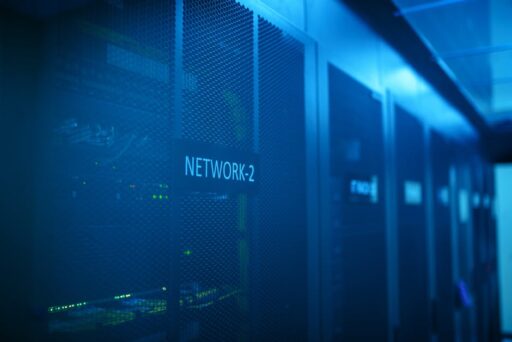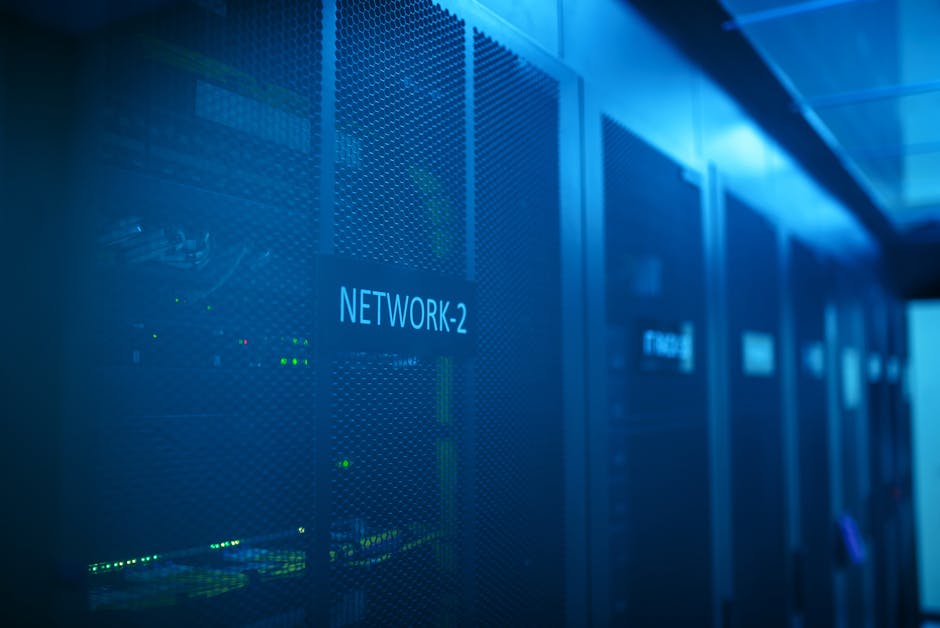Lambda Microsoft AI infrastructure deal sparks GPU surge
Lambda, a cloud-computing specialist backed by Nvidia, has taken a major step forward in its long-standing relationship with Microsoft through a multibillion-dollar agreement to deploy tens of thousands of Nvidia GPUs. The arrangement underscores how hyperscalers and specialized infrastructure providers are accelerating AI-capable cloud capacity to meet surging demand for large-scale training and inference.
Deal overview: scale, systems, and strategic momentum
While official contract specifics remain private, Lambda confirmed that Microsoft will deploy significant GPU capacity supplied by Lambda. A portion of the fleet will include Nvidia GB300 NVL72-class systems—architectures designed for dense AI inference and training workloads. These systems have been introduced to the market this year and are being shipped to large-scale customers.
Lambda’s CEO framed the agreement as the next step in an eight-year collaboration with Microsoft. For Microsoft, expanding GPU capacity through partners helps scale AI infrastructure rapidly without carrying the full burden of hardware procurement, integration, and site-level deployment. For Lambda, the deal validates demand for purpose-built AI clusters and accelerates its mission to provide turnkey supercomputing solutions to cloud and enterprise customers.
What does the Lambda-Microsoft AI infrastructure deal include?
Short answer: A multibillion-dollar purchase and deployment of tens of thousands of Nvidia GPUs— including GB300 NVL72-class systems—delivered as large-scale AI clusters and integrated into Microsoft’s cloud and data center footprint to boost training and inference capacity.
- Hardware: tens of thousands of Nvidia GPUs, including GB300 NVL72 systems.
- Deployment: turnkey AI supercomputers installed across selected data centers.
- Operational support: integration, maintenance, and possibly co-managed operations between Lambda and Microsoft.
- Timeframe: phased delivery aligned with Microsoft’s rolling capacity expansions.
Why this matters: market and technical implications
This agreement illustrates several broader trends in the AI infrastructure market:
1. Accelerated capacity build-out
Enterprises and cloud providers are racing to add both training and inference capacity. Large language models and multimodal AI services demand clusters with low-latency interconnects, large GPU memory footprints, and optimized NVLink/NVSwitch topologies. Deals that provision tens of thousands of GPUs at once materially shift available capacity and shorten time-to-market for large AI services.
2. Specialized providers scale with hyperscalers
Companies like Lambda—founded well before the recent AI surge—have evolved into turnkey suppliers of integrated GPU systems and AI supercomputers. Partnerships where specialized infrastructure firms deliver, install, and maintain hardware let hyperscalers expand their AI compute footprint faster than if they internalized every step.
3. Nvidia’s platform leadership and ecosystem effects
Nvidia remains central to these expansions. As GPUs such as the GB300 NVL72 gain adoption, the ecosystem around them—software stacks, optimized drivers, and system integrators—also scales. This reinforces Nvidia’s position in the value chain and drives adjacent investments across the industry. For context on GPU-driven market dynamics, see our coverage of Nvidia’s growing market dominance and regional partnerships such as the surge in GPU deployments in South Korea: Nvidia Hits $5 Trillion Market Cap — AI GPU Dominance Grows and Nvidia South Korea AI Partnership Spurs GPU Surge in 2025.
How this changes the competitive landscape for cloud providers
Hyperscalers compete on price, availability, and integrated services. Large hardware deployments purchased through partners shift the calculus in several ways:
- Capacity parity: Rapid inflows of GPUs reduce the window in which one provider has significantly more AI compute than competitors.
- Cost structure: Bulk procurement and optimized deployments can reduce per-unit costs and improve margin if managed effectively.
- Service differentiation: Providers that offer integrated AI tooling, optimized ML frameworks, and managed-model services gain stickiness beyond raw compute.
These dynamics also accelerate the “race to build AI infrastructure,” a trend we’ve tracked across investments and strategic partnerships in the sector: The Race to Build AI Infrastructure: Major Investments and Industry Shifts.
Technical deep dive: NVL72, GB300, and what enterprises should care about
GB300 NVL72 systems are engineered for dense GPU clusters with high memory capacity and optimized interconnects. Key technical considerations include:
- Memory density: Larger model support and longer context windows.
- Interconnect bandwidth: Critical for distributed training efficiency and synchronous gradient exchange.
- Thermal and power engineering: High-density racks require advanced cooling and power provisioning plans.
Enterprises evaluating partnerships or cloud offerings should ask providers about network topology, orchestration support for distributed training, model-parallel capabilities, and pricing for persistent vs. spot capacity.
Operational considerations: energy, site capacity, and lifecycle
Deploying tens of thousands of GPUs carries operational implications beyond procurement:
Energy and sustainability
Large AI clusters increase data center energy consumption. Providers and partners must balance expansion with energy efficiency measures—advanced cooling, workload scheduling, and regional sourcing of renewable power where possible.
Site readiness and modular builds
Rapid deployments rely on sites with adequate power, cooling, and networking. Modular and prefabricated data center designs can accelerate rollout, but local permitting and grid constraints remain potential bottlenecks.
Maintenance and hardware lifecycle
GPU hardware has a three-to-five-year effective lifecycle for cutting-edge AI workloads. Service agreements typically address refresh cycles, spare parts, and upgrades to newer GPU generations as models and frameworks evolve.
What this means for enterprises and startups
Enterprises that rely on cloud providers for AI projects benefit from expanded capacity: lower wait times for large experiments, more stable spot markets, and greater access to tuned hardware configurations. Startups may face both opportunities and challenges:
- Opportunities: greater availability of specialized instances and managed services lowers the barrier to training large models.
- Challenges: increased competition for specialized engineering talent and potential concentration of leverage with large cloud providers.
How will pricing and availability evolve?
Large-scale GPU deployments can eventually put downward pressure on spot and reserved instance prices if capacity growth outpaces demand. However, near-term pricing depends on supply chain constraints (GPU fabrication and board-level assembly), energy costs, and the pace of new model-driven demand.
Microsoft’s approach of expanding capacity via partners like Lambda may also shape commercial terms—bundled services, committed-use discounts, and specialized enterprise offerings for latency-sensitive AI services.
Risks and unknowns
Despite the positive signals, several risks remain:
- Supply chain volatility: GPU availability and lead times can fluctuate based on global manufacturing constraints.
- Energy constraints: Local grid limitations or rising energy prices can slow deployments.
- Software optimization: Hardware alone isn’t sufficient—efficient software stacks and tuning are required to extract full value.
What to watch next
Key indicators that will signal broader impact:
- Public pricing changes for GPU instances across major clouds.
- Announcements of similar large-scale procurement by other hyperscalers or governments.
- Progress on regional data center expansions and power provisioning projects.
- Software updates that enable better utilization of dense GPU clusters.
FAQ: Quick answers for executives and engineers
Will this make Microsoft the dominant AI cloud provider?
Not by itself. The deal increases Microsoft’s capacity portfolio but dominance depends on a combination of capacity, software services, pricing, and enterprise distribution. Other major providers continue to invest aggressively in AI infrastructure, so competition will remain intense.
Should enterprises lock long-term commitments now?
Enterprises should evaluate commitments based on workload predictability, cost sensitivity, and the need for SLA-backed availability. Hybrid strategies—mixing on-demand, reserved, and partner-provisioned capacity—can balance flexibility and cost.
Conclusion: a meaningful step in the infrastructure arms race
The Lambda-Microsoft agreement is more than a transaction—it’s a marker of how the AI infrastructure ecosystem is maturing. Specialized system integrators, platform vendors, and hyperscalers are synchronizing to deliver the compute backbone required for increasingly capable AI models. For enterprises, that means access to denser, more capable GPU clusters; for the industry, it signals continued acceleration of investments into AI compute and data center readiness.
For additional context on GPU market dynamics and infrastructure investments that frame this trend, see our related coverage on Nvidia’s market momentum and the broader infrastructure build-out: Nvidia market dominance and the race to build AI infrastructure.
Call to action
Want expert analysis on how this and similar infrastructure moves affect your AI strategy? Subscribe to Artificial Intel News for weekly briefings, or contact our editorial team to request a custom briefing that maps compute availability to business priorities.






